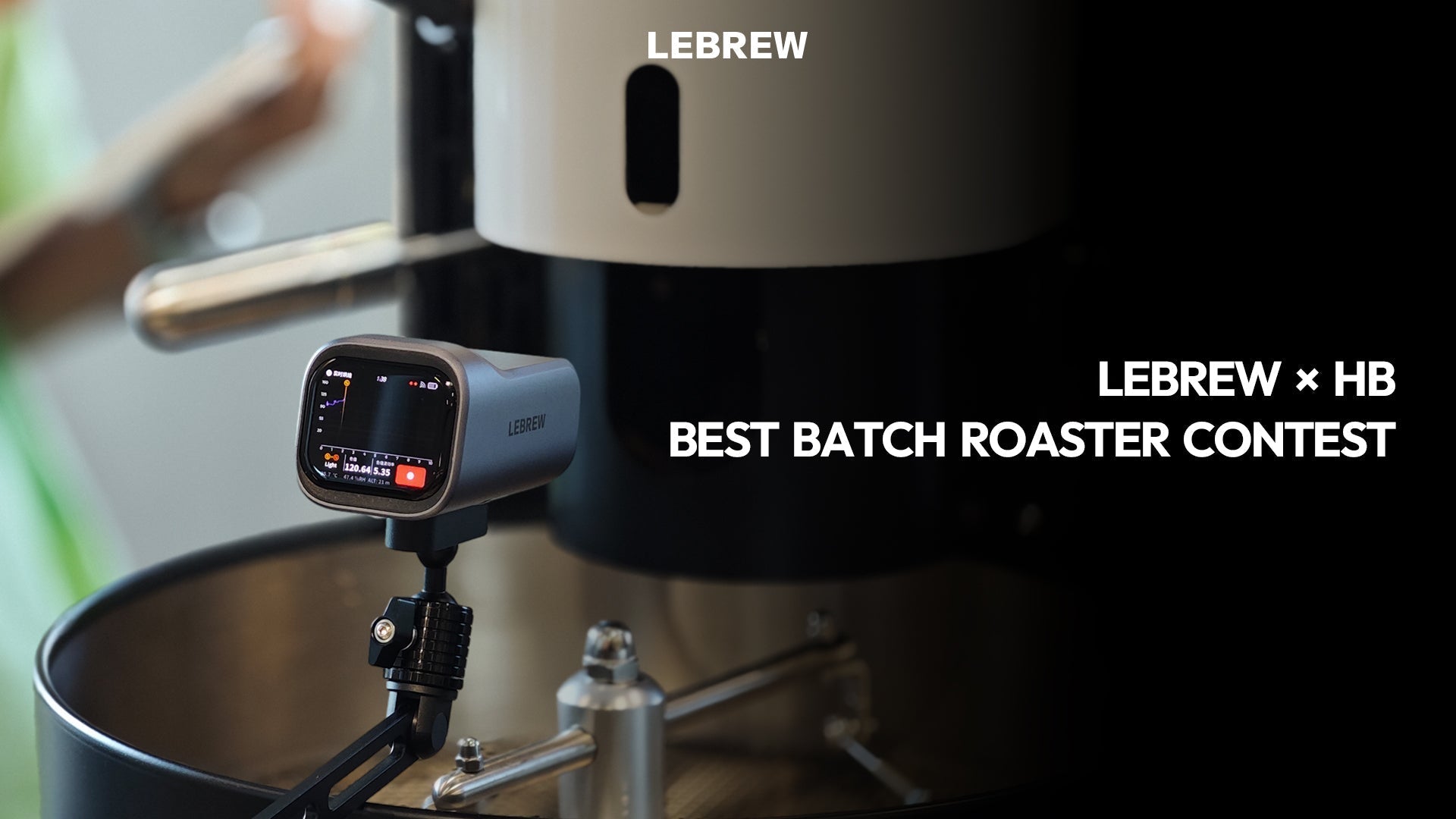Abstract
The geometry of coffee burrs plays a critical role in determining grinding efficiency. Elements such as the breaking zone, powder ejection channels, and grinding path design all impact how efficiently a burr performs. Function-specific burrs—such as those tailored for espresso or pour-over—often exhibit notable differences in efficiency. This article explores how geometric features across three types of burrs influence their overall grinding performance.
Table of Contents
1.Crushing Zone

The crushing zone has the greatest impact on grinding efficiency. In general, the more breaking structures a burr has, the higher the grinding efficiency. The grinding method in the breaking zone is crushing, not cutting, and too many breaking structures may increase the amount of fines.
The angle, length, and quantity of the breaking edges affect grinding efficiency. The larger and more numerous the breaking zone is, the more beans can be crushed in a single turn, thus increasing grinding efficiency.
The
LeBrew Hyperburrs 64 Sweet features a crushing zone composed of 12 long and elevated breaking edges, resulting in high grinding efficiency. In contrast, the
LeBrew Hyperburrs 64 Filter is designed without a crushing zone and utilizes a fully cutting-edge structure, leading to lower grinding efficiency.
2.Dump Powder Channel

The dump powder channel is affected by the size of the triangular area. The larger the triangular area, the smaller the powder outlet becomes, and the wider the grind range it can accommodate. However, an oversized triangular area will narrow the outlet channel, slightly reducing grinding efficiency and increasing the amount of ultra-fine particles.
If the triangular area is too small, the burr may not be able to grind fine enough for espresso.
An overly large triangular area can cause coarse grounds that have been crushed or cut to become stuck on the burr edges, making it difficult to discharge, leading to regrinding. This further decreases grinding efficiency and increases fines. In severe cases, it may prevent the grounds from exiting and could even jam the grinder.
3.Grinding path

The longer the grinding path, the more times and longer duration the beans are cut, and the longer it takes for the grounds to exit the burr. This helps concentrate particle size, but a longer grinding path requires a more powerful motor to provide sufficient torque for operation.
The design of a coffee burr is a complex system. A good burr requires careful consideration from multiple aspects. LeBrew offers diverse flavor performance possibilities, enabling boundary-breaking grinding from espresso to filter.
Have Questions or Suggestions?
If you have any feedback or would like to know more, feel free to contact us at:
service@lebrewtech.com







